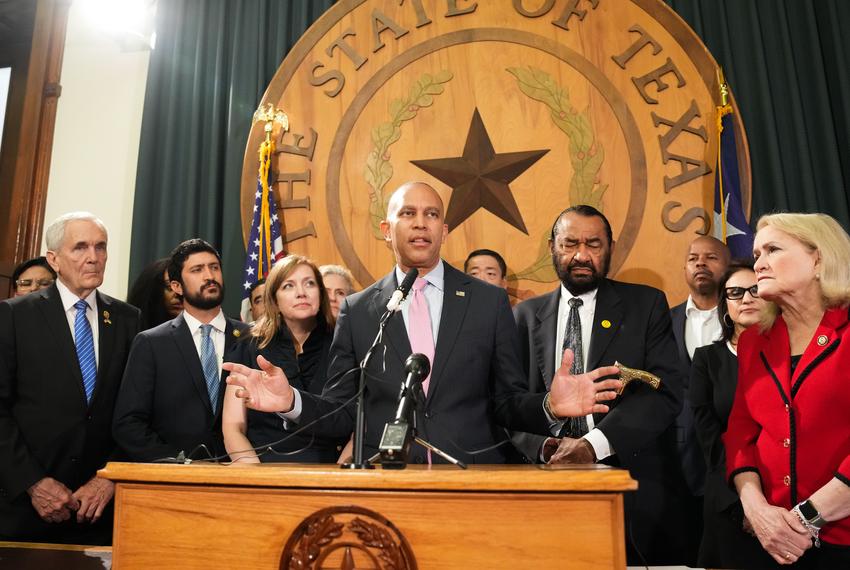Texas Republicans have unveiled a controversial congressional map, a strategic move designed to reconfigure the state’s political landscape and force numerous Democratic incumbents into unexpected primary battles for survival. This ambitious redistricting effort targets major urban centers, including Austin, Dallas, and Houston, fundamentally reshaping existing blue districts to pave the way for newly crafted Republican strongholds across the state.
The essence of the Republican strategy lies in “packing” multiple Democratic members into fewer, highly concentrated blue districts. This tactic aims to dilute Democratic voting strength elsewhere, making room for the creation of new GOP-leaning seats. Consequently, long-serving Democratic incumbents are now confronted with the daunting prospect of challenging fellow party members in the upcoming primaries, considering retirement, or facing uphill battles in newly redrawn, significantly more conservative districts.
In Austin, the proposed map directly pits two prominent progressive Democratic incumbents, Rep. Lloyd Doggett and Rep. Greg Casar, against each other within a single, newly consolidated district. Despite their ideological alignment, a 42-year age gap highlights potential generational shifts within the party, adding another layer of complexity to these forced primary clashes. Doggett, a veteran legislator, and Casar, a rising star, now face a difficult decision on their political futures.
North Texas also faces significant upheaval, where three Democratic incumbents in the Dallas-Fort Worth metro area must now contend for only two remaining blue-leaning districts. Rep. Jasmine Crockett’s core constituency largely remains intact, but the map drastically dismantles Rep. Colin Allred’s district, pushing many of his voters into exurban, Republican-favored areas. This effectively transforms Allred’s seat into a suddenly bright red district, challenging his political survival.
Similarly, Rep. Marc Veasey’s nearby district, while remaining blue, undergoes a major transformation. It sheds much of Fort Worth, Veasey’s long-standing political base, and incorporates parts of Allred’s current district. These changes underscore the sweeping nature of the Texas redistricting effort, which aims to maximize Republican representation by strategically redrawing established electoral boundaries and creating direct primary confrontations for Democratic incumbents.
Houston presents another intricate scenario, where the map creates a messy logjam among area Democrats. Republicans have condensed four existing Democratic Houston-area seats into three, amplifying the stakes in the current vacancy for the 18th Congressional District. The winner of this special election, intended to finish a partial term, could find themselves immediately thrust into a primary against a more experienced incumbent Democrat just months later, intensifying the competition and uncertainty for their congressional careers.
Texas Democrats are actively fighting to halt the map’s implementation through legislative hearings, donor engagement, and legal challenges, framing the proposal as both racist and illegal. The map, initially introduced by State Rep. Dustin Burrows, is still subject to changes from the Republican majority and potential legal actions that could further alter the district configurations, impacting the landscape of Texas politics and the prospects for many Democratic incumbents.






Leave a Reply